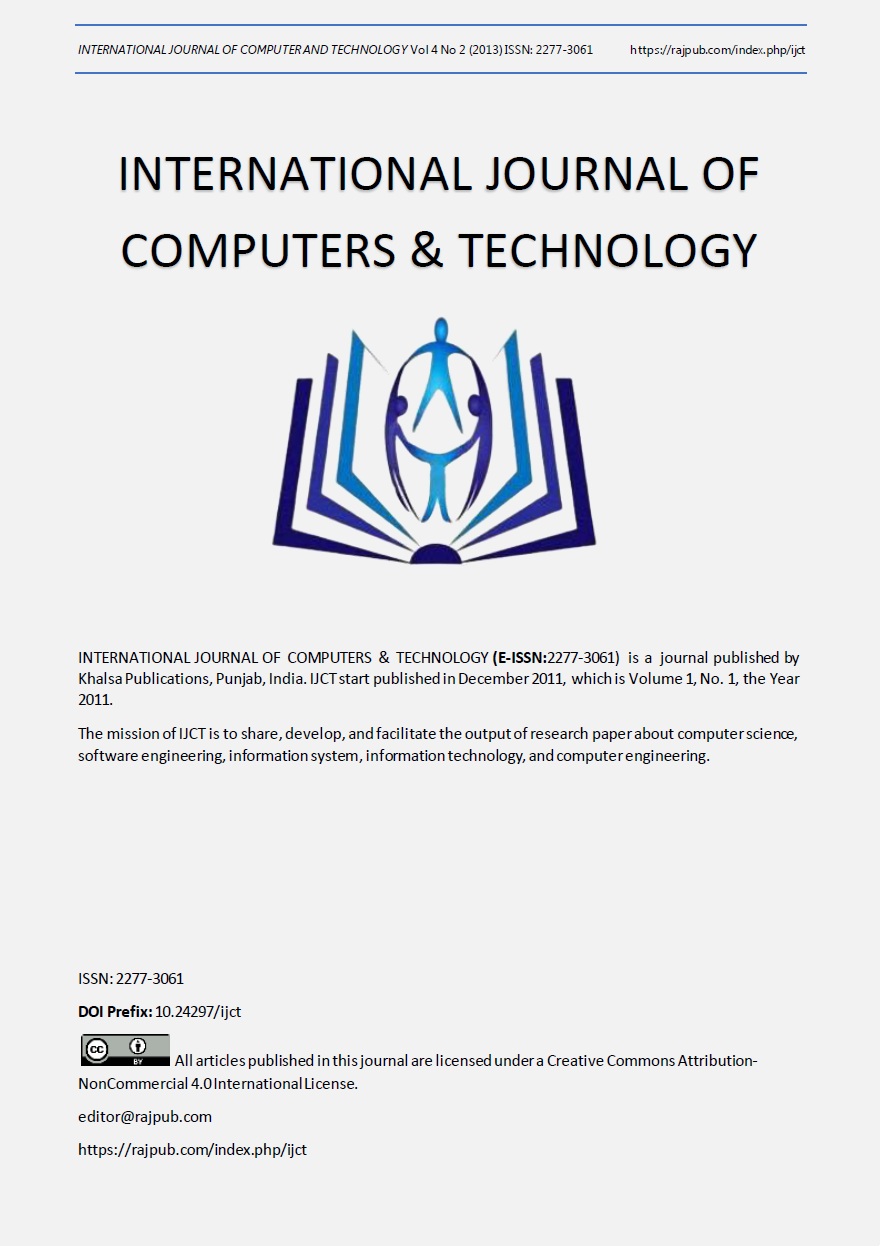HEAP: Hybrid Energy-efficient Aggregation Protocol for Large Scale Wireless Sensor Networks
DOI:
https://doi.org/10.24297/ijct.v4i2C2.4186Keywords:
Wireless sensor network, Data aggregation, Hybrid data aggregation, energy optimizationAbstract
Wireless sensor networks (WSNs) can be meritoriously used in several application areas like agriculture, military surveillance, environmental monitoring, forest fire detection etc. Since they are used to monitor large geographic areas numerous sensor nodes are to be deployed and their radio range is also very short. Hence they depend on the cooperative effort of these densely deployed sensor nodes for reporting the sensed data. Any changes in environment or an event of interest may be initially observed in a particular area. In other words, they are correlated in space domain. Many nodes in that area may detect the event and report the same event. This redundant information is of no use to system and also depletes the precious energy of the intermediate sensor nodes. Sensor nodes are having very limited energy and needs to be conserved for attaining maximum network life time. Data aggregation is an effective technique for conserving energy by reducing the packet transmissions. Many aggregation systems are available, but when employed for large scale wireless sensor networks they are less effective. In this paper we propose a scheme for large scale WSNs which effectively uses the spatial correlation and temporal correlation of the data for effective aggregation and thereby preserving precious energy.









